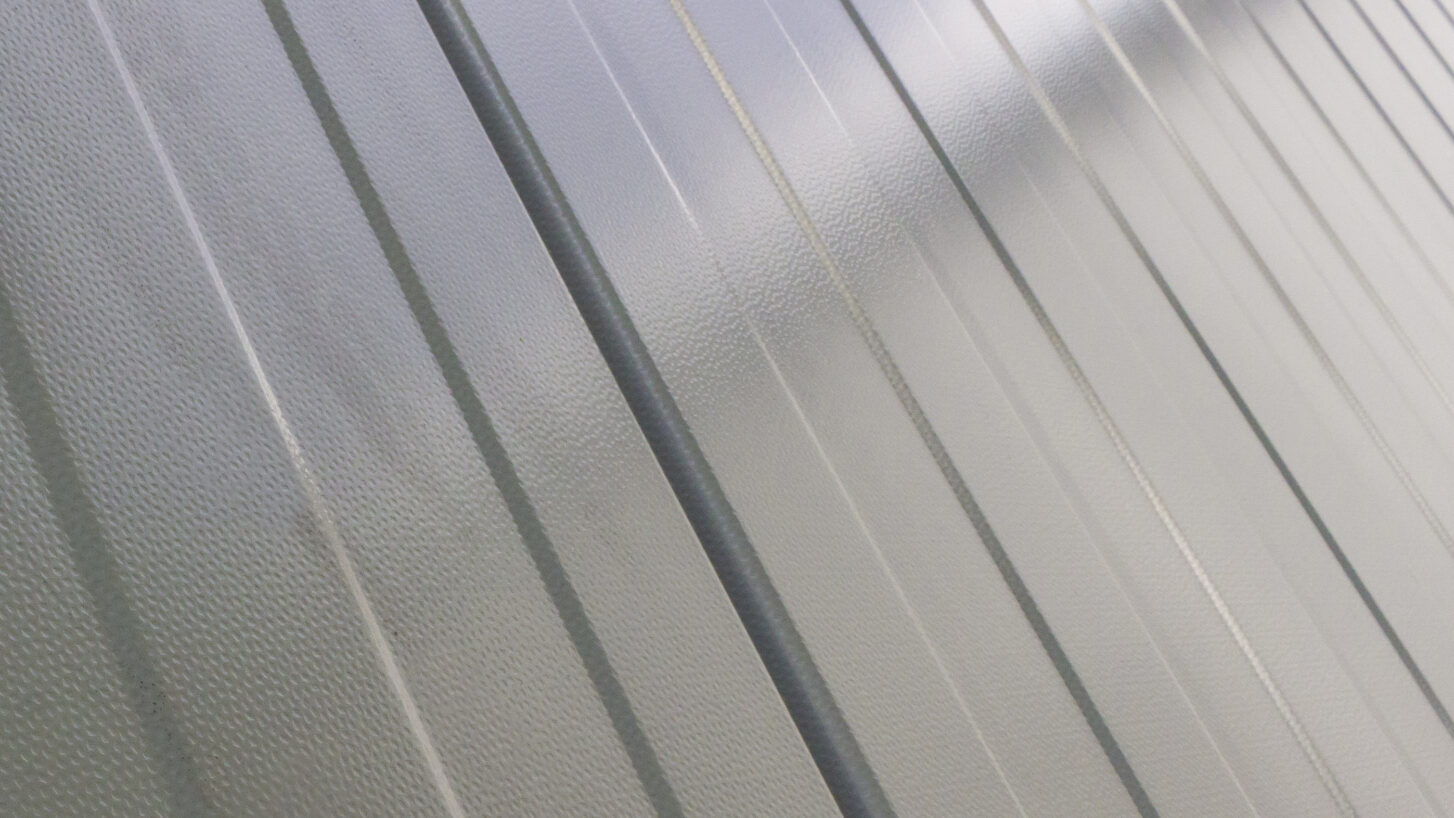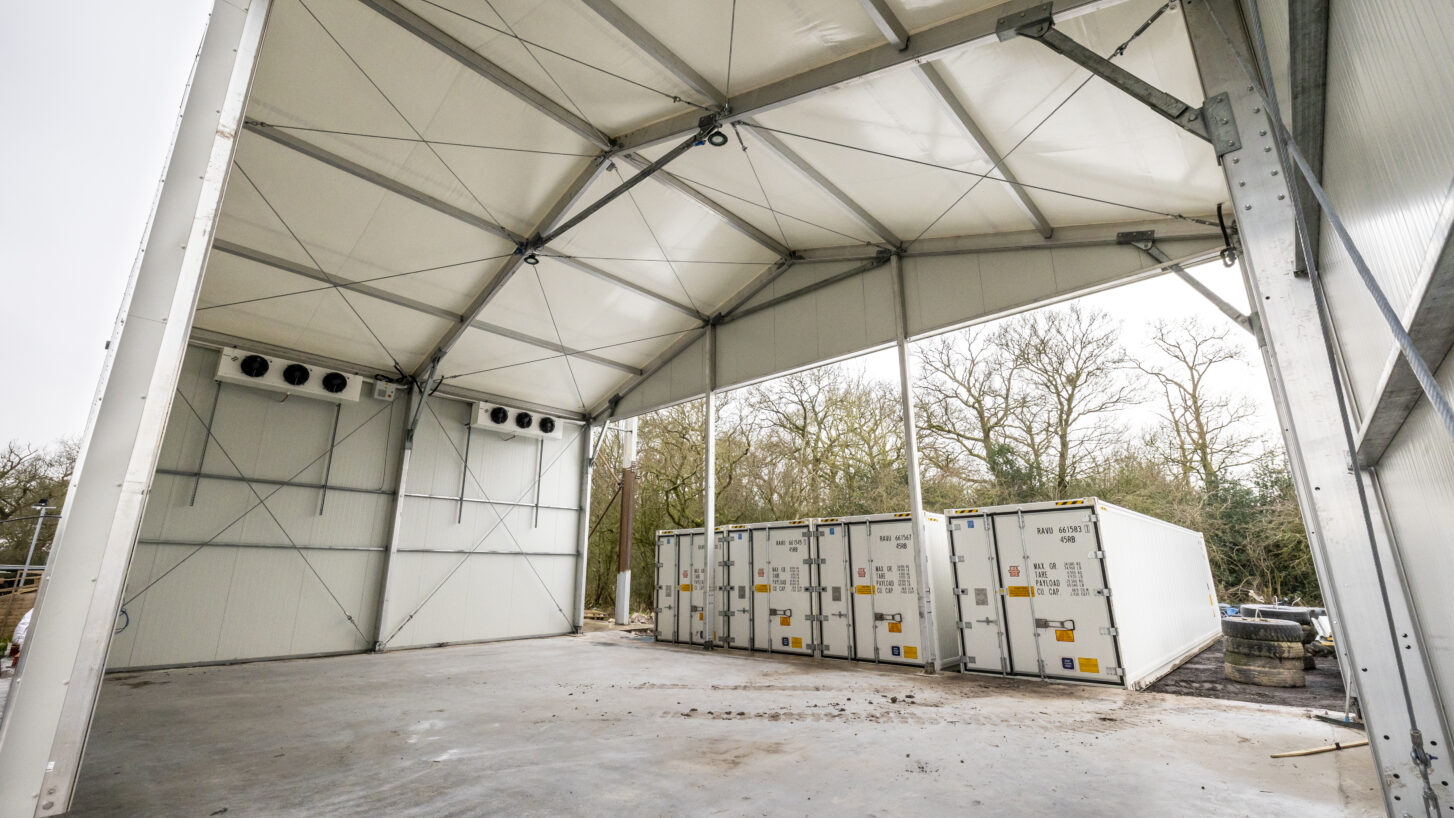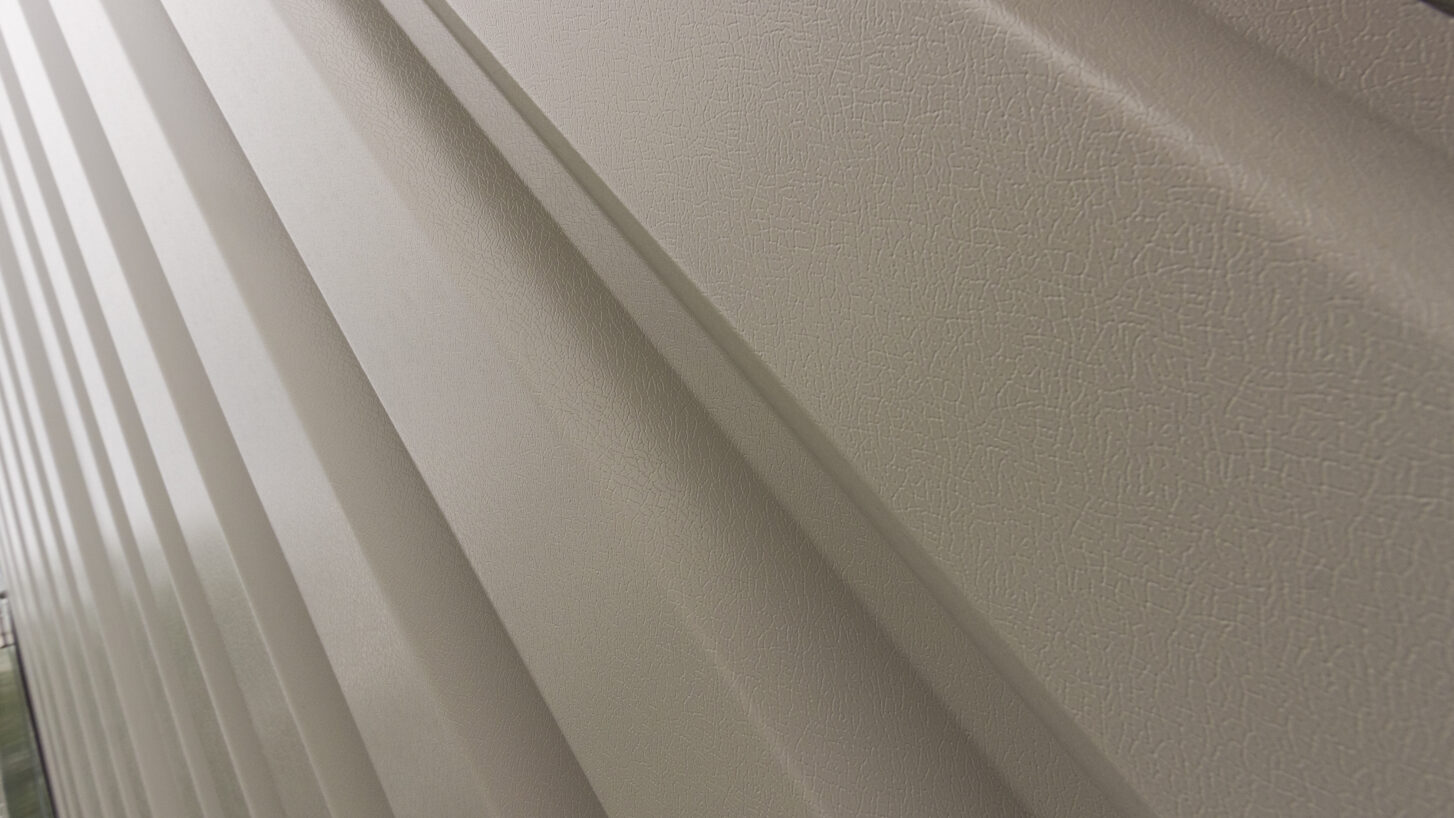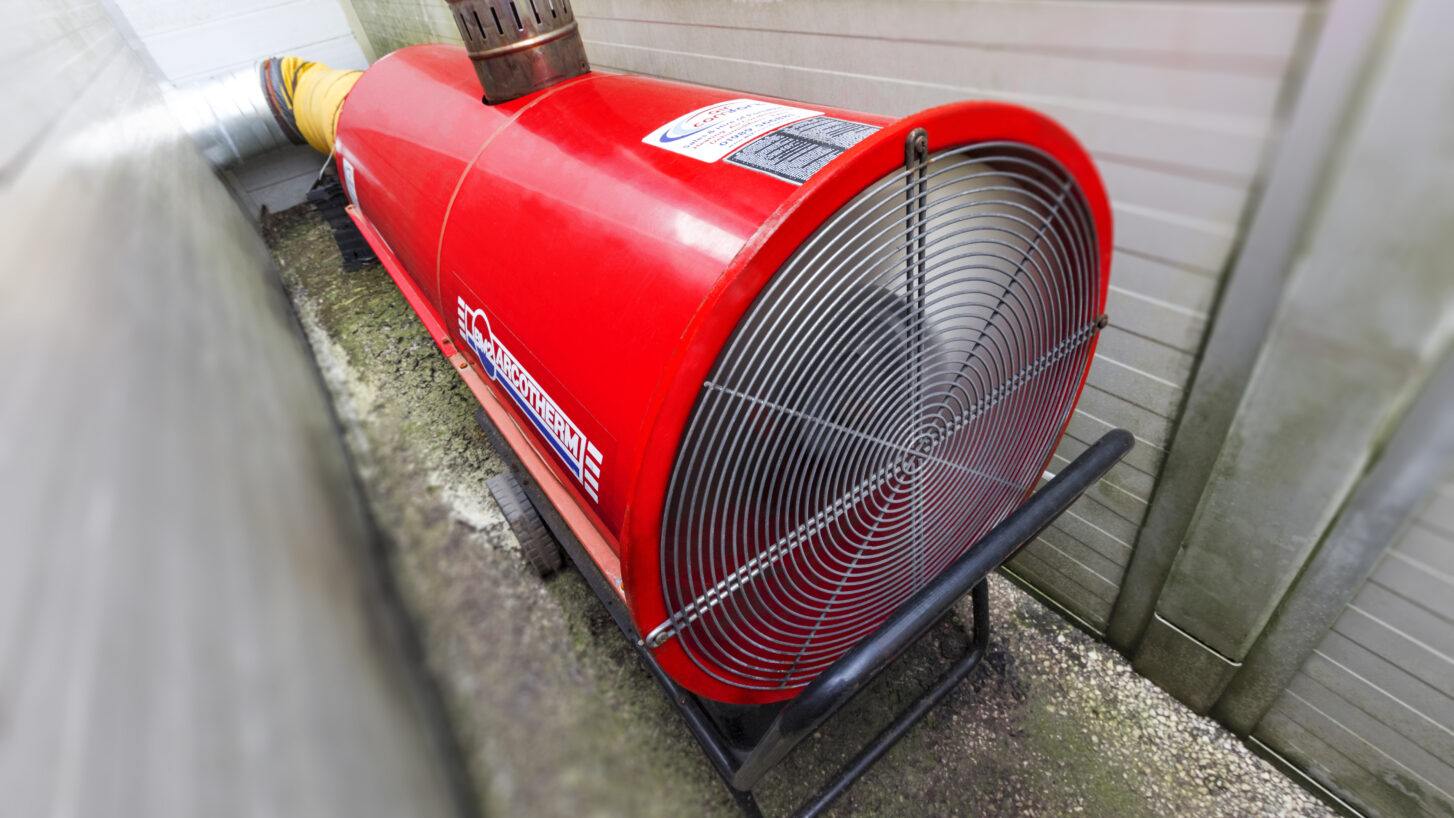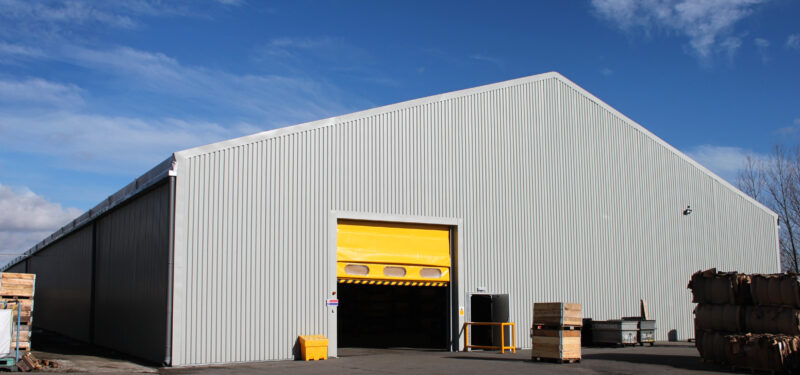Insulated vs Non-Insulated Temporary Warehouses: Which is Right for your Business?
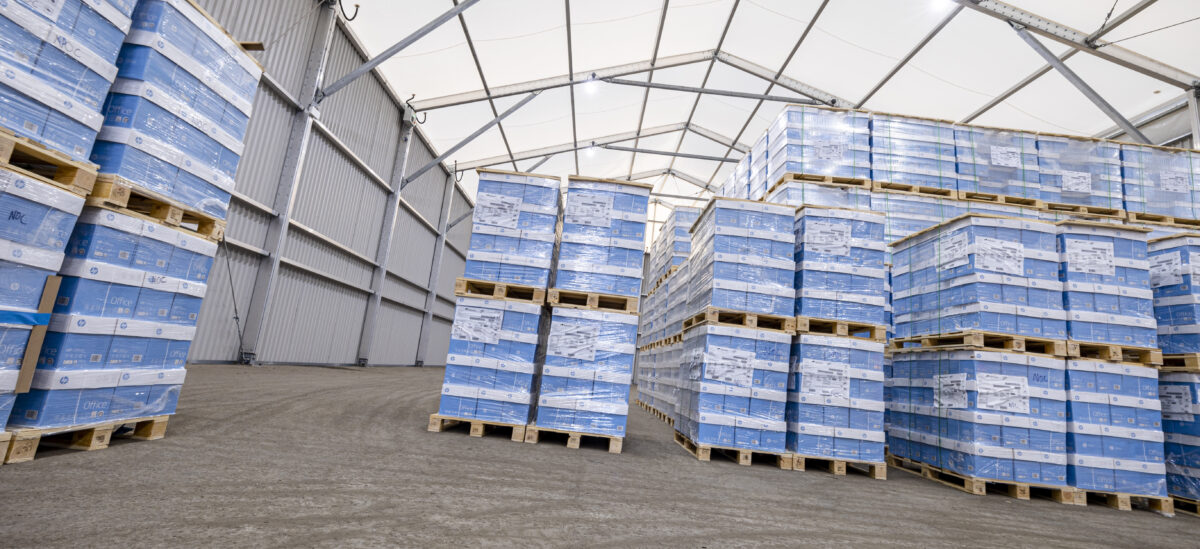
When choosing a temporary warehouse, one of the most crucial decisions is whether to opt for an insulated or non-insulated structure. Both options offer flexibility and durability, but the right choice depends on your operational needs, budget, and the type of goods being stored.
Insulation plays a vital role in regulating internal temperatures and protecting against external weather conditions. If your business requires temperature control—such as in cold storage, pharmaceuticals, or food industries—an insulated warehouse is essential. Additionally, if employees work inside the warehouse regularly, insulation provides a more comfortable environment, reducing exposure to cold and improving productivity.
Benefits of Insulated Temporary Warehouses
The cost of a temporary warehouse can vary widely based on several key factors. Understanding these elements can help you estimate the overall expense for your specific needs:
- Temperature Control: Insulated walls and roofs help maintain a stable internal climate, essential for temperature-sensitive goods. This reduces the need for external heating or cooling, lowering energy costs.
- Moisture Resistance: Insulated materials protect against dampness, minimising the risk of corrosion or spoilage.
- Durability: Built with robust hot dip galvanised steel frames, insulated warehouses withstand harsh weather and require less maintenance over time.
- Energy Efficiency: Reduced heating and cooling needs contribute to lower energy consumption and a smaller carbon footprint.
Typical high insulation options include our 40mm thick sandwich panels with a polyurethane core and insulated roofing solutions like inflatable roofs, which create an air pocket to prevent heat loss. Our customers can achieve a U-value as low as 0.67 / 0.63 W/m²K with this solution.
Benefits of Non-Insulated Temporary Warehouses
For businesses handling non-perishable or temperature-insensitive goods, non-insulated warehouses are a cost-effective choice. They offer weather protection and durability without the added expense of insulation.
- Cost-Effectiveness: Non-insulated structures have lower upfront costs, making them ideal for short-term or budget-sensitive projects.
- Rapid Deployment: These buildings can be quickly installed, providing immediate storage solutions for industries facing sudden demand spikes.
- Flexible Design: Non-insulated options include open-sided or partially enclosed canopies, suitable for loading bays or material laydown areas.
When keeping the temporary warehouse cost low and speed of installation fast are the main drivers, our uPVC cavity walling offers a quick installation solution, which can be easily fixed between the aluminium uprights of your building’s frame, offering thermal efficiency. Likewise, for structures where temperature control is not a factor, a single-skin PVC roof is the perfect non-insulated option.
Industrial Brochure
Whether you are short of storage or warehousing space, need additional production or maintenance facilities, or require weather protection for your loading and unloading operations, we can provide the ideal solution.

Discover more about our temporary warehousing and storage buildings.
Whether you need short or long-term storage and warehousing, our temporary storage buildings are a cost-effective alternative to traditional extensions and off-site storage.

